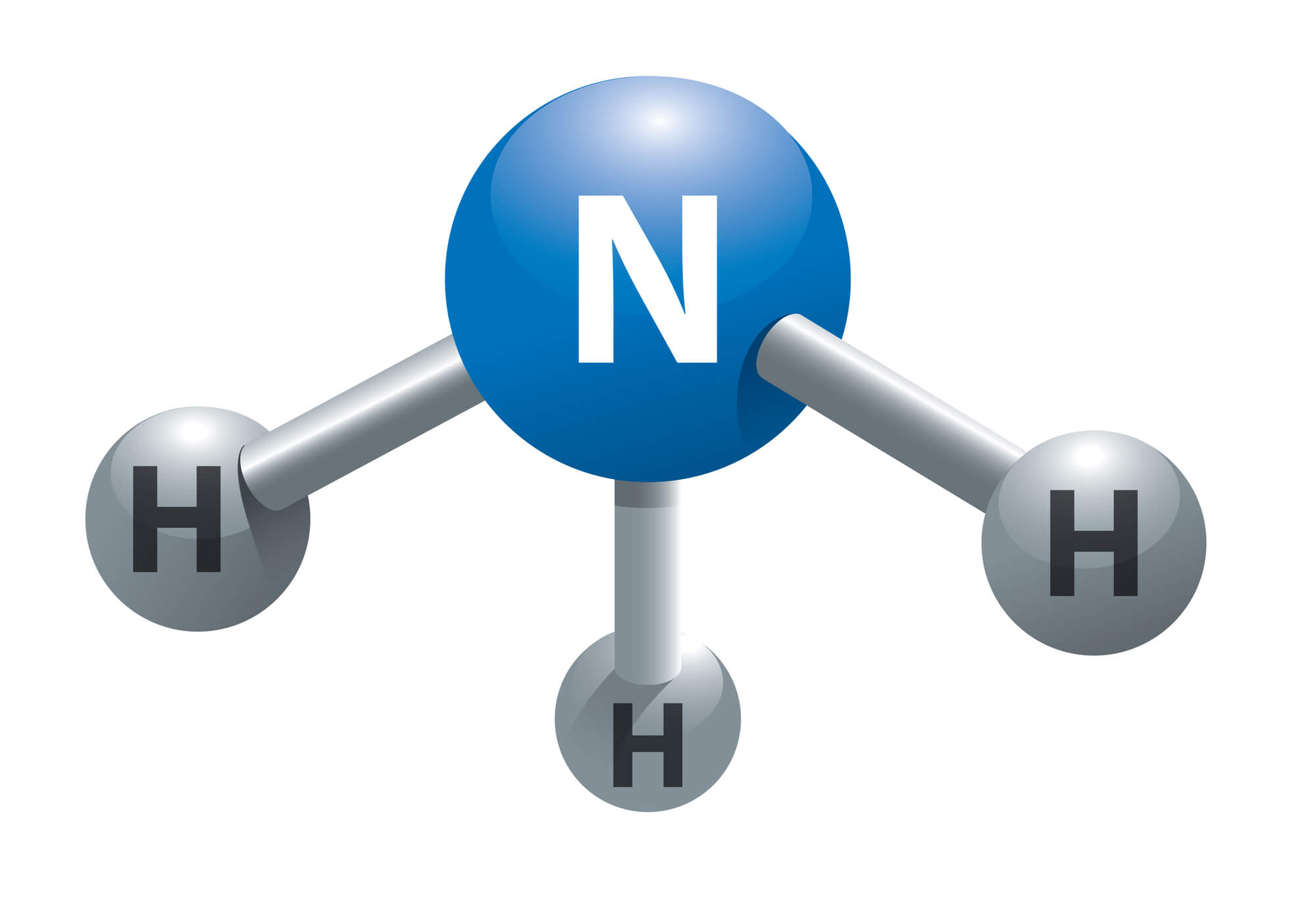Researchers in China have succeeded in developing an electrocatalytic nanomaterial consisting of a vanadium oxide core with a vanadium nitride shell designed to recycle nitrogen into the important substance ammonia. The researchers found that they can adjust the ratio between the core and the shell in order to optimize the efficiency and utilization of the process

[Translation by Dr. Moshe Nachmani]
As one of the most common inorganic substances, ammonia plays an important role in agriculture (for making fertilizers), in chemical synthesis and, more recently, as a hydrogen energy storage material. Unlike the Haber-Bosch process [fixation reaction of nitrogen gas with hydrogen gas, on the surface of an iron oxide-based catalyst. The process is used for the industrial production of ammonia and is named after Fritz Haber and Karl Busch, who invented and developed the method. Fritz Haber received the Nobel Prize in Chemistry for the year 1918 for the ammonia production process], Electrochemical reduction of nitrogen is capable of producing ammonia under mild conditions, and is therefore an area of research as a viable alternative to the Haber-Bosch process.
In order to recycle nitrogen to ammonia, an electro-catalyst is needed. This catalyst encourages the adsorption of nitrogen and its activation, in order to overcome the strong nitrogen-nitrogen triple bond. The use of this catalyst also improves the kinetics of the reaction in which six proton-coupled electrons are transferred to convert di-nitrogen to ammonia. Along with these advantages, there is still a bottleneck in the production of an electrocatalyst that has both high reactivity and high selectivity for the reduction of nitrogen.
In order to maintain a balance between reactivity and selectivity, the researcher Yu Wang from Chongqing University (Chongqing) and his research team developed a nanoscale electrocatalyst consisting of a core of vanadium oxide with a shell of vanadium nitride. The researchers tried to take advantage of the properties of both materials; Metal nitrides can easily initiate a nitrogen redox reaction at the nitride site, which can then be activated by electronegative oxygen atoms which are nearby in order to emit ammonia. "The design of the oxide core ensures that the material does not undergo deactivation for a long time," says the lead researcher, this is in light of the fact that the surface of the oxygen atoms is unstable in an electrochemical environment. The research team's nanometer material excelled In the electrochemical reduction of nitrogen in the production of ammonia in an acidic electrolyte. The researchers were able to produce ammonia with a utilization of up to sixty percent (per milligram of catalyst) and with an efficiency of up to thirty-five percent. In addition, the catalyst proved to be highly selective for the production of ammonia, compared to the production of hydrazine, and remained active even after fifty hours of electrolysis without structural changes.
Optimizing the thickness of the nitride shell was an important aspect of the electrocatalyst design, especially with respect to the center of the resonant band (d-band) of the metal (which describes the interaction between the catalyst and the attached material). Although the thinnest nitride shell had the highest resonance band, and therefore, the strongest interactions between the di-nitrogen and the adsorbed material, the most significant gap between the valence and conduction bands limits the transfer of charge and therefore the catalytic performance. The optimal thickness of the nitride shell satisfies a balance between maintaining a fairly high bandgap while maintaining a minimal gap between the energy levels of the valence and that of the conduction, this in order to obtain efficient electron transfer and ultimately good electrochemical performance.
"The findings of our research are close to the efficiency limit of the industrial production method of ammonia," comments one of the experts in the field. He adds that the design principles of these core-shell nanomaterials could indeed be used to achieve higher efficiency.
Schematic describing the new process [courtesy: Yu Wang/Chongqing University]

One response
Unfortunately I did not understand. But well done